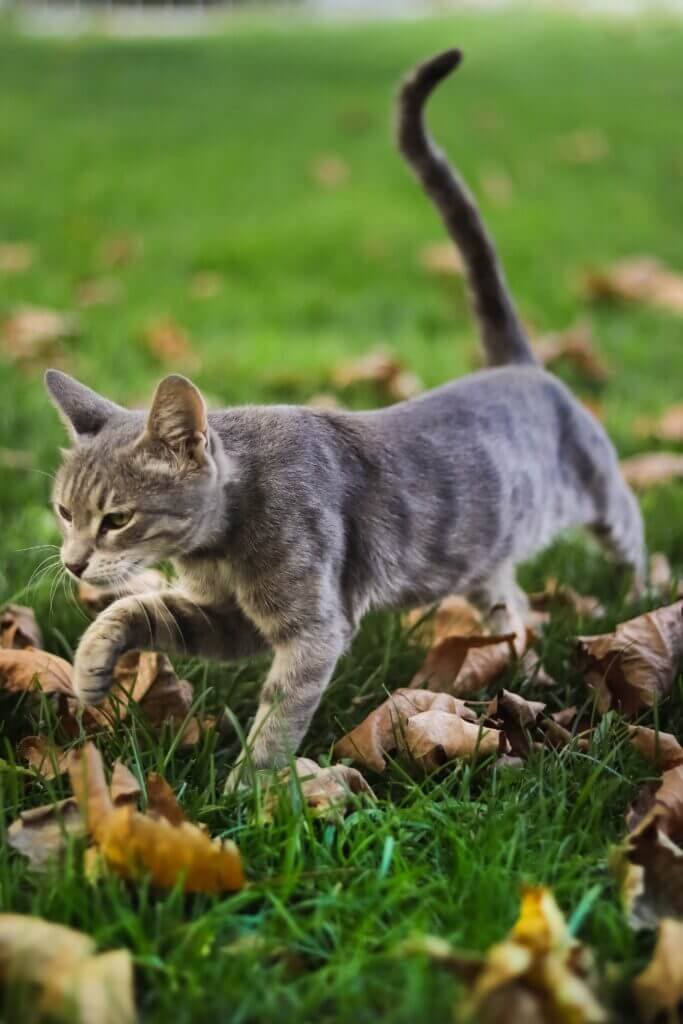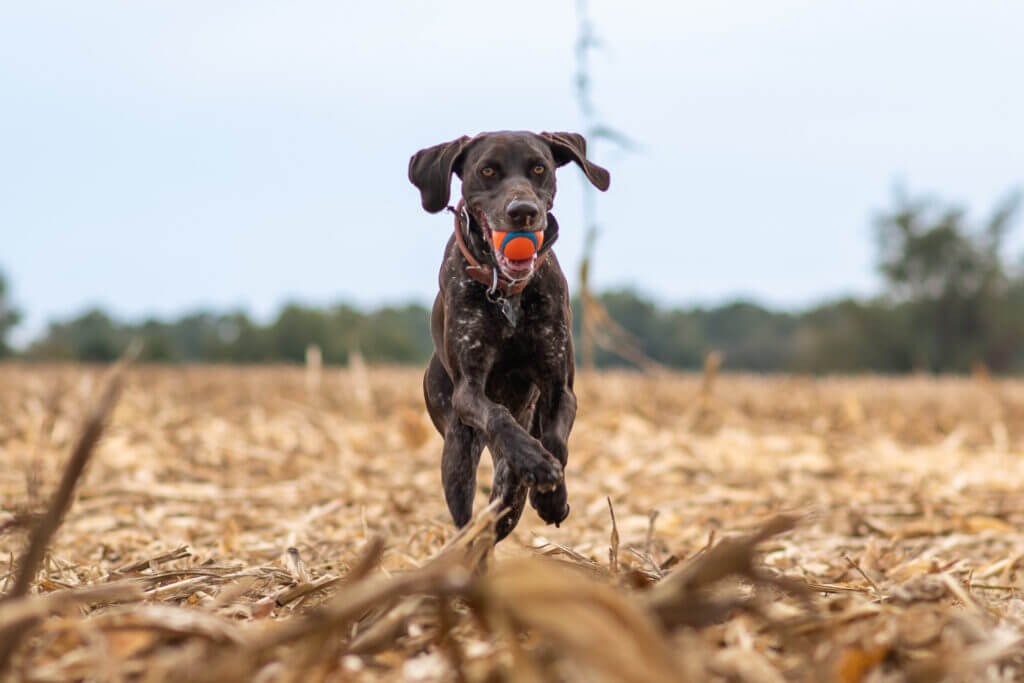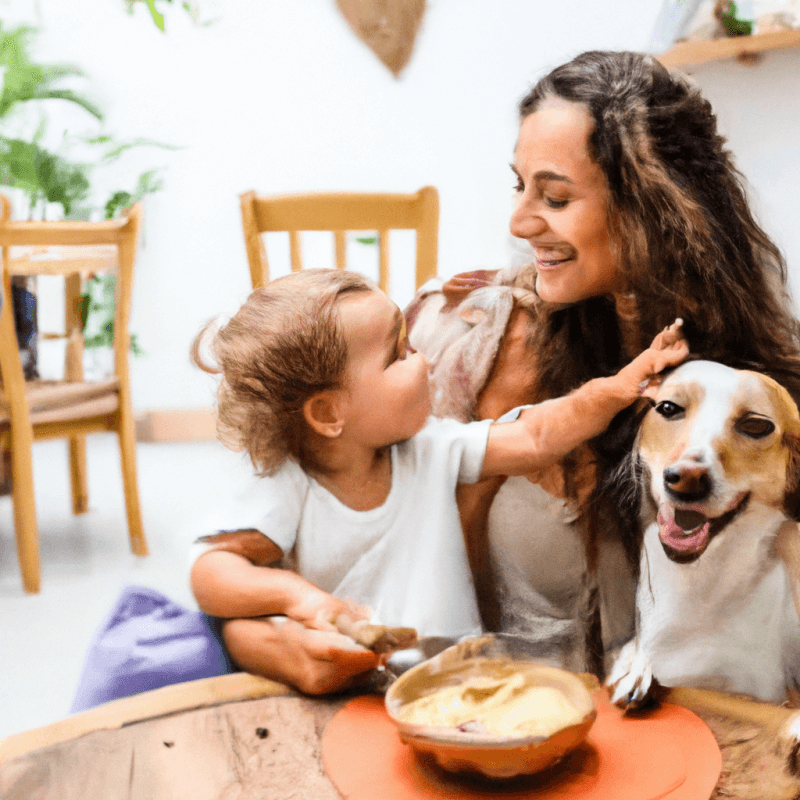We all love our pets and want them to be happy and content, but what happens when they struggle with separation anxiety? It can be heart-wrenching to see your furry friend distressed whenever you leave the house, but don’t worry, there are ways you can help. Whether it’s through gradual desensitization, providing a safe and comforting environment, or seeking professional help, there are plenty of strategies that can make a positive difference in your pet’s life. In this article, we will explore various techniques and tips to assist your pet in coping with separation anxiety, ultimately strengthening the bond you share and ensuring their well-being even when you’re not around.
Understanding Separation Anxiety in Pets
Separation anxiety is a common behavioral issue that many pets experience when they are left alone or separated from their owners. It can be distressing for both the pet and the owner, but with the right understanding and strategies, it is possible to alleviate and manage separation anxiety effectively.
Ready for Cat Trivia?
Test your knowledge about cats!

What is separation anxiety?
Separation anxiety in pets is a condition characterized by extreme distress and anxiety when they are separated from their owners or left alone. It is more commonly observed in dogs, but cats and other pets can also experience separation anxiety to varying degrees.
Causes of separation anxiety in pets
Various factors can contribute to the development of separation anxiety in pets. These may include:
- Early life experiences: Pets that have been abandoned, rehomed multiple times, or have experienced trauma early in life may be more prone to separation anxiety.
- Lack of socialization: Insufficient exposure to different people, environments, and experiences can make pets more anxious when separated from their owners.
- Changes in routine: Major life changes such as moving to a new home, the addition of a new family member, or a change in the owner’s schedule can trigger separation anxiety.
- Over-attachment: Pets that are overly dependent on their owners or have not been adequately encouraged to develop independence can be more susceptible to separation anxiety.
Signs and symptoms of separation anxiety
Recognizing the signs and symptoms of separation anxiety in pets is crucial for early intervention. Common indications of separation anxiety may include:
- Excessive vocalization (barking, howling, meowing)
- Destructive behavior (chewing objects, scratching furniture)
- Inappropriate elimination (urinating or defecating indoors despite being house-trained)
- Pacing or restlessness
- Excessive salivating or drooling
- Loss of appetite
- Escape attempts (digging or scratching at doors or windows)
- Excessive excitement upon the owner’s return
- Clinginess and following the owner around the house
If your pet exhibits these behaviors consistently when you are away, it is vital to address their separation anxiety to ensure their well-being.
Creating a Safe and Comfortable Environment
Creating a safe and comfortable environment can significantly help ease your pet’s separation anxiety. Here are some strategies to consider:
Choosing a suitable living space
Ensure that your pet has a designated area where they feel secure and comfortable. This space should include their bed, toys, and any other familiar items that provide a sense of familiarity and security.
Providing cozy hiding spots
Some pets feel safer when they have a cozy hiding spot to retreat to when they are feeling anxious. Provide options such as a covered crate or a quiet corner with a blanket or soft cushion.
Using pheromone diffusers
Pheromone diffusers, such as those that mimic the calming pheromones naturally released by mother dogs or cats, can create a soothing environment for your pet. These diffusers can help reduce anxiety and promote a sense of calmness.
Playing calming music
Playing soft, soothing music while you are away can have a calming effect on your pet. There are even specially designed playlists available that are specifically curated to reduce anxiety in pets.

Establishing a Consistent Routine
A consistent routine can provide a sense of predictability and stability for your pet, which can help alleviate separation anxiety. Consider the following strategies:
Setting regular feeding times
Establish a regular feeding schedule for your pet. Consistency in feeding times can create a routine that your pet can rely on, helping them feel more secure.
Creating a daily exercise schedule
Regular exercise is not only crucial for your pet’s physical health but also for their mental well-being. Incorporate daily exercise sessions into your pet’s routine to burn off excess energy and reduce anxiety.
Incorporating mental stimulation activities
Engage your pet in mentally stimulating activities such as puzzle toys or treat-dispensing toys. These activities can help keep their minds occupied and prevent boredom during periods of separation.
Implementing gradual departures and arrivals
Practice short departures and arrivals to gradually acclimate your pet to your absence. Start with brief absences and gradually increase the duration over time. This approach helps desensitize them to your departures and helps them realize that you will always return.
Positive Reinforcement Training
Positive reinforcement training techniques can be incredibly effective in reducing separation anxiety. Consider the following strategies:
Reward-based training techniques
Use positive reinforcement, such as treats, praise, and affection, to reward your pet’s calm and relaxed behavior. By associating positive experiences with being alone, your pet will begin to feel more comfortable when separated from you.
Teaching basic obedience commands
Training your pet to obey basic commands such as “sit,” “stay,” and “down” can provide them with a sense of structure and security. These commands can be particularly helpful in redirecting anxiety and providing a focus for your pet during your absence.
Desensitization and counterconditioning
Gradual exposure to triggers that elicit anxiety, such as picking up your keys or putting on your shoes, can help desensitize your pet to these cues. Pairing these triggers with positive experiences, such as treats or playtime, can help create a positive association and reduce anxiety.
Engaging in interactive play
Engage in interactive play sessions with your pet regularly. This not only provides mental stimulation but also strengthens the bond between you and your pet, promoting a sense of security and confidence.

Gradual Departure and Desensitization
Gradual departure and desensitization techniques can be highly effective in reducing separation anxiety. Follow these steps:
Preparing for departures
Create a routine for your departures that is calm and low-key. Avoid making a fuss or showing excessive emotion when you leave to prevent signaling to your pet that separation is a cause for anxiety.
Start with short absences
Begin by leaving your pet alone for short periods, gradually increasing the duration over time. Initially, you can start with just a few minutes and gradually work your way up to longer intervals.
Gradually increase the duration
Once your pet becomes comfortable with shorter absences, gradually increase the time you spend away from them. Ensure that you do this incrementally to allow your pet to adjust and build confidence gradually.
Using departure cues
Introduce departure cues, such as picking up keys or putting on shoes, without actually leaving. This helps your pet become desensitized to these cues and reduces anxiety associated with them.
Seeking Professional Help
If despite your efforts, your pet’s separation anxiety persists or worsens, it may be beneficial to seek professional help. Consider the following options:
Consulting a veterinarian
Your veterinarian can help rule out any underlying medical conditions that may be contributing to your pet’s anxiety. They may also be able to recommend behavior modification techniques or refer you to a qualified professional.
Working with an animal behaviorist
An animal behaviorist specializes in understanding animal behavior and can provide expert guidance and support in addressing separation anxiety. They can develop a personalized training plan and offer strategies specific to your pet’s needs.
Considering medication if necessary
In severe cases, medication may be recommended to help manage your pet’s separation anxiety. Consult with your veterinarian or a veterinary behaviorist to determine if medication is a suitable option for your pet.

Utilizing Anxiety-Reducing Products and Techniques
Several products and techniques are available to help reduce anxiety in pets. Consider the following options:
Anti-anxiety medications
Certain medications can help alleviate separation anxiety by reducing anxiety levels in pets. Consult with your veterinarian to explore medication options and determine the best course of action for your pet.
Therapeutic vests and wraps
Therapeutic vests or wraps, such as anxiety-reducing shirts or jackets, can provide a gentle, constant pressure that helps alleviate anxiety in pets. These garments work similarly to swaddling a baby and can help promote a sense of security.
Calming pheromone sprays
Calming pheromone sprays, similar to diffusers, release synthetic versions of natural pheromones to create a calming effect. These sprays can be applied to your pet’s bedding or favorite resting areas.
Anxiety-reducing supplements
Certain natural supplements, such as chamomile or l-theanine, may help promote relaxation and reduce anxiety in pets. Consult with your veterinarian to determine which supplements may be suitable for your pet.
Preventing and Minimizing Triggers
Preventing and minimizing triggers that contribute to separation anxiety can significantly help manage the condition. Consider the following strategies:
Gradual exposure to triggers
Expose your pet gradually to triggers that elicit anxiety, such as door closures or car rides. By incrementally increasing exposure, you can help desensitize your pet to these triggers and minimize their anxiety response.
Ensuring appropriate socialization
Proper socialization is vital for pets to develop confidence and resilience. Introduce your pet to different people, animals, and environments from an early age to help them navigate various situations with ease.
Avoiding sudden changes in routine
Sudden changes in routine, such as a sudden change in work schedule or a major life event, can trigger separation anxiety. Whenever possible, try to maintain a consistent and predictable routine for your pet to help minimize anxiety.
Reducing noise and environmental stressors
Minimize noise and environmental stressors in your pet’s living space. This can include using soundproofing techniques, closing blinds to block out external stimuli, and providing a quiet and calming environment.

Fostering Independence and Confidence
Encouraging independence and fostering confidence in your pet can help reduce separation anxiety. Consider the following strategies:
Encouraging self-soothing behaviors
Encourage your pet to engage in self-soothing behaviors, such as independent play or chewing on appropriate toys. By providing them with outlets for self-soothing, you can help them cope with anxiety when separated from you.
Creating a confident and secure pet
Help build your pet’s confidence through positive reinforcement, training, and exposure to different environments and situations. By encouraging confidence, your pet will feel more secure and less anxious when separated from you.
Promoting a healthy separation mindset
Gradually introduce periods of separation from your pet, starting with short durations and gradually increasing over time. By promoting a healthy separation mindset, you can help your pet become more comfortable when alone.
Building trust and reliability
Consistency, reliability, and trust are essential in managing separation anxiety. Ensure that you follow through with your commitments to your pet, such as regular feeding times and exercise schedules. This reliability helps foster trust and security in your pet.
Maintaining a Calm Departure and Arrival
Your behavior during departures and arrivals can significantly impact your pet’s anxiety levels. Consider the following strategies:
Avoiding excessive emotional cues
When leaving or arriving home, avoid excessive displays of emotion. Stay calm and composed, as your pet can pick up on your emotions and become more anxious as a result.
Ignoring attention-seeking behaviors
If your pet engages in attention-seeking behaviors such as excessive jumping or barking upon your arrival, ignore these behaviors. By not rewarding attention-seeking behaviors, you can help discourage them and reduce anxiety.
Using diversion tactics
Provide your pet with a diversion, such as a puzzle toy or a treat, during departures. This can help shift their focus away from your departure and make it a more positive experience.
Gradually shifting focus during departures
To help ease your pet’s anxiety, gradually shift their focus away from your departure. This can be accomplished by engaging them in a game or providing them with a treat just before you leave. By redirecting their attention, you can minimize their distress.
By implementing these strategies and consistently working on addressing separation anxiety, you can help your pet cope with and overcome their anxiety, creating a happier and healthier environment for both of you. Remember to be patient, understanding, and compassionate as you work towards managing separation anxiety in your beloved pet.



